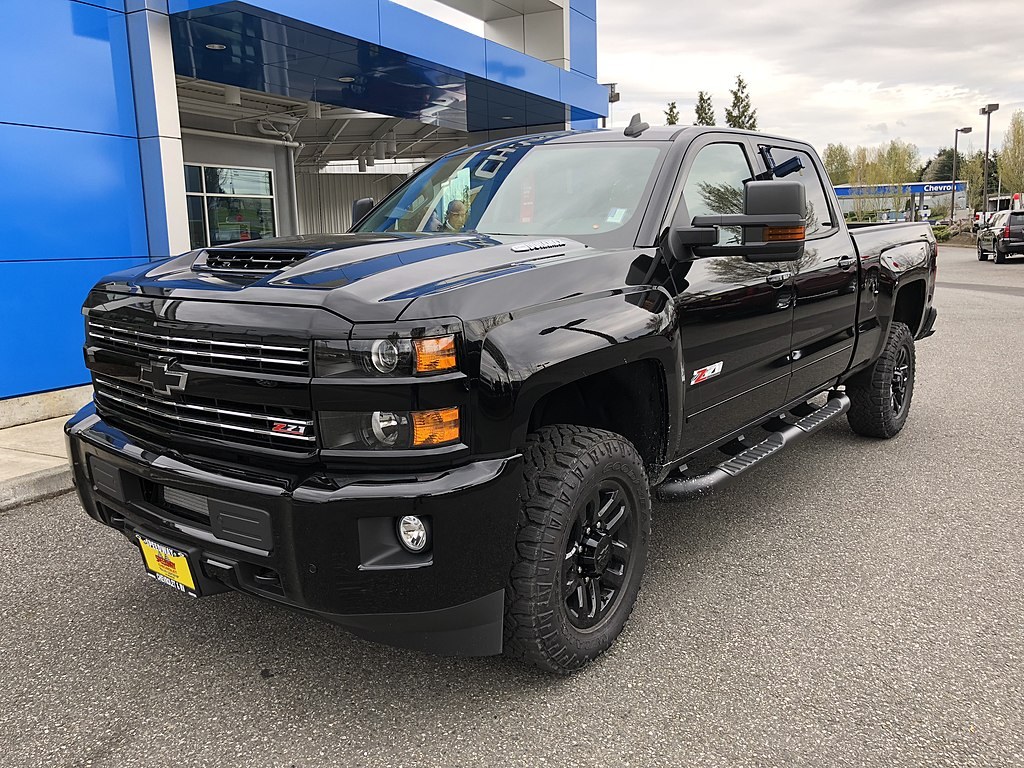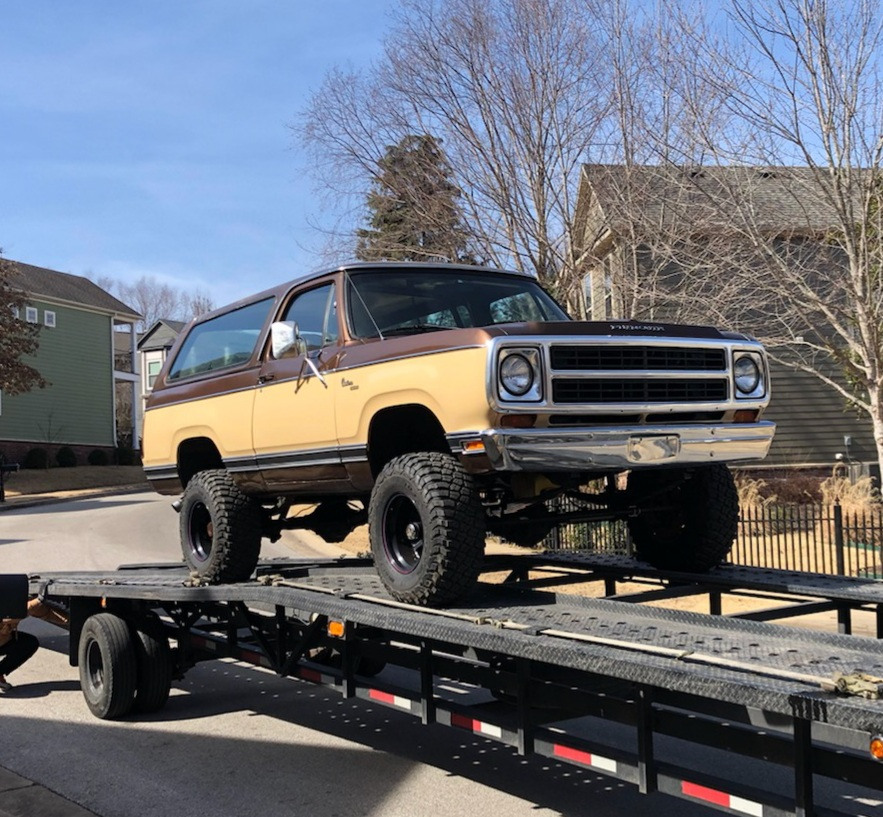Buying a car out of state can open up more options, better deals, and even access to rare models that aren’t available locally. However, the process involves more than just paying for the vehicle; you’ll need to handle paperwork, registration, taxes, and transportation logistics carefully. This guide breaks down the step-by-step process for buying a car out of state, so you know exactly what to expect.
7 Steps to Buying a Car Out of State
Step 1: Research the Car and Seller
Before committing to an out-of-state purchase, research thoroughly. Compare prices, check reviews of the dealership or private seller, and use trusted websites to buy used cars to find the right deal. Always request a detailed vehicle history report to avoid costly surprises.
If safety is a top priority, make sure to compare models ranked as the safest car for your needs and budget.
Step 2: Understand State Laws and Taxes
Every state has different rules for car registration, emissions testing, and taxes. If you’re buying a used car out of state, confirm whether you’ll pay sales tax in the seller’s state, your own, or both. Contact your local DMV for the latest requirements.
Step 3: Arrange Vehicle Inspection
Before making payment, schedule a pre-purchase inspection. Many buyers hire a local mechanic or use third-party inspection services. This step ensures that the vehicle’s condition matches the seller’s claims.
Step 4: Complete the Paperwork
Out-of-state transactions often require additional documentation, especially when you buy a car directly from the manufacturer or through online car auctions sites. Typically, you’ll need:
- Title and bill of sale
- Odometer disclosure statement
- Emissions/smog certificate (if required)
- Temporary transit tags
Step 5: Secure Financing
If you’re not paying in cash, arrange financing in advance. Many lenders require additional verification when purchasing out of state, so prepare your documents early.
Step 6: Plan Transportation
Once the purchase is finalized, decide how to get the car home. You can drive it yourself with temporary tags or book reliable car shipping services for hassle-free delivery.
If you’re moving long distances, professional companies can ship a car to another state safely and save you time. Compare costs between open and enclosed transport depending on the value of the vehicle.
Step 7: Register and Title the Car in Your State
After the car arrives, head to your local DMV to register and title the vehicle. Bring all the necessary documents, proof of insurance, and receipts of tax payments. This final step makes the car legally yours in your state.
Tips for a Smooth Process
Always verify VIN numbers across all documents.
Keep copies of all forms, agreements, and payment receipts.
Double-check insurance coverage before driving the car.
Be cautious of scams when dealing with private sellers online.
FAQs About Buying a Car Out of State
Is buying a car out of state worth it?
Yes, especially if you’re looking for rare models, better deals, or a wider selection. However, always factor in transportation costs and paperwork.
Do I pay taxes in both states?
Usually, you pay taxes only in your home state, but this depends on local laws. Confirm with your DMV before purchase.
Can I finance an out-of-state car purchase?
Yes, but your lender may need additional documents. It’s best to get pre-approved before negotiating with the seller.
How do I transport the car?
You can drive it home with temporary tags or use professional car shipping services to ship a car to another state safely and conveniently.
What paperwork is required?
Typically: title, bill of sale, odometer disclosure, and smog/emissions certificate (if required by your state).



